Germany : Strong Demand and Innovation Drive Growth
Key markets include states like Bavaria and Baden-Württemberg, where solar installations are prevalent. The competitive landscape features major players like SMA Solar Technology AG and Fronius International GmbH, which lead in innovation and technology. Local dynamics are characterized by a strong emphasis on energy efficiency and sustainability, with applications spanning residential, commercial, and industrial sectors. The business environment is conducive, supported by a well-established supply chain and skilled workforce.
UK : Government Support Fuels Expansion
Key markets include London, Manchester, and Birmingham, where urban solar projects are on the rise. The competitive landscape features players like SolarEdge Technologies Inc and Enphase Energy Inc, which are gaining traction in the residential sector. Local market dynamics are influenced by a growing awareness of energy independence and sustainability. The business environment is evolving, with increasing partnerships between local governments and private firms to enhance solar energy deployment.
France : Diverse Applications Drive Demand
Key markets include regions like Occitanie and Île-de-France, where solar projects are expanding rapidly. The competitive landscape features major players like Huawei Technologies Co Ltd and ABB Ltd, which are focusing on innovative solutions. Local dynamics are characterized by a strong push for energy transition and sustainability, with applications in agriculture and urban development. The business environment is favorable, with increasing investments in solar technology and infrastructure.
Russia : Potential for Growth and Investment
Key markets include regions like Krasnodar and Tatarstan, where solar projects are being piloted. The competitive landscape is still developing, with local and international players like TMEIC Corporation entering the market. Local dynamics are influenced by a growing interest in energy independence and sustainability. The business environment is evolving, with increasing collaboration between government and private sectors to enhance solar energy deployment.
Italy : Diverse Market with Regional Variations
Key markets include regions like Lombardy and Sicily, where solar energy adoption is particularly high. The competitive landscape features players like KACO new energy GmbH and Fronius International GmbH, which are focusing on innovative solutions. Local dynamics are characterized by a strong emphasis on energy efficiency and sustainability, with applications in agriculture and tourism. The business environment is favorable, supported by a well-established supply chain and skilled workforce.
Spain : Strong Policy Support and Investment
Key markets include regions like Andalusia and Catalonia, where solar projects are expanding rapidly. The competitive landscape features major players like SolarEdge Technologies Inc and Enphase Energy Inc, which are gaining traction in the residential sector. Local dynamics are characterized by a strong push for energy transition and sustainability, with applications in agriculture and urban development. The business environment is favorable, with increasing investments in solar technology and infrastructure.
Rest of Europe : Varied Growth Across Sub-regions
Key markets include countries like the Netherlands, Belgium, and Switzerland, each with unique market dynamics. The competitive landscape features a mix of local and international players, including ABB Ltd and Huawei Technologies Co Ltd. Local dynamics are influenced by varying levels of government support and public awareness of renewable energy. The business environment is diverse, with opportunities for innovation and investment in solar technology.


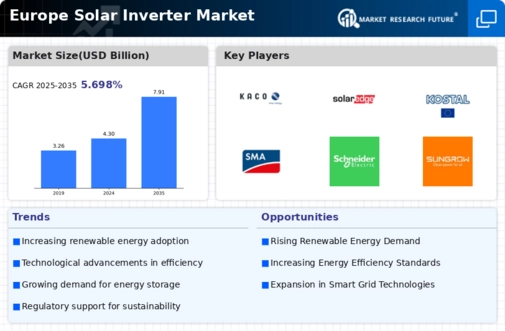
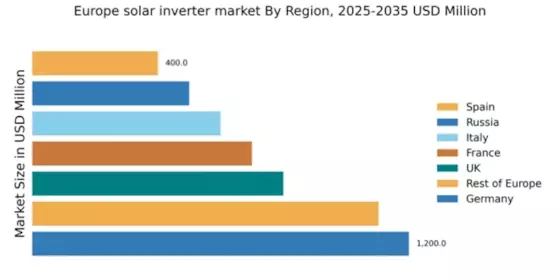
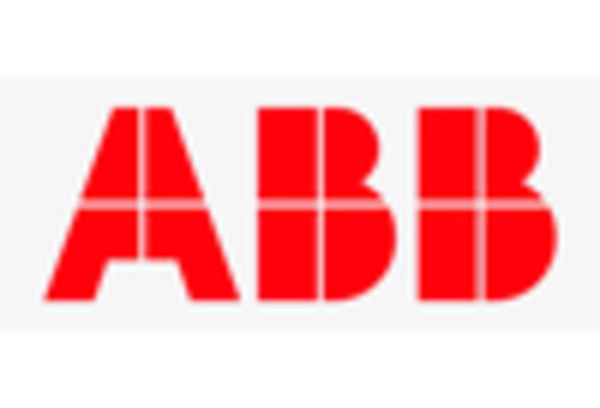

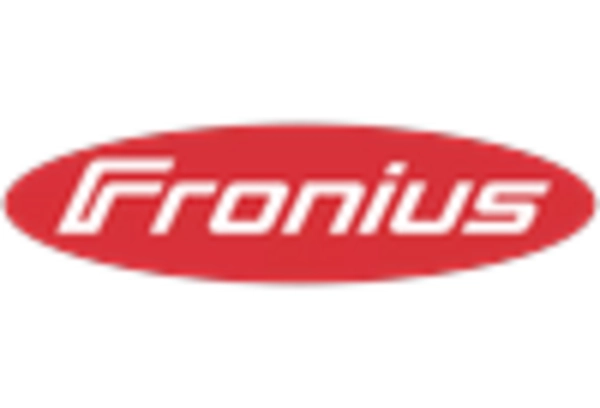
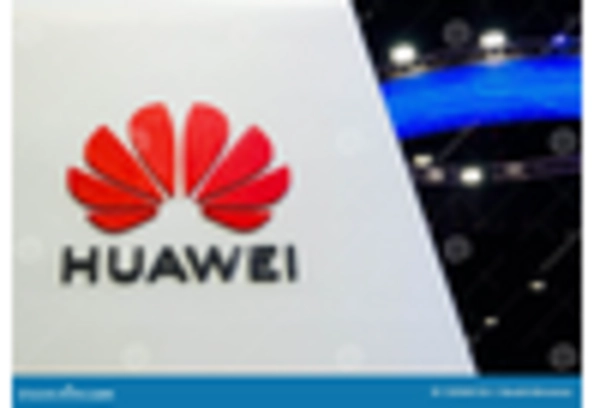










Leave a Comment